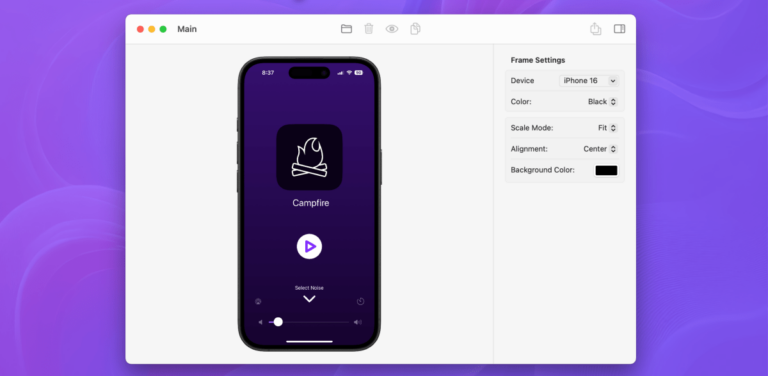Bluesky Set to Introduce Blue Check Verification: What You Need to Know!
Bluesky is on the verge of launching a new blue checkmark verification system, as revealed by recent updates to the app’s public GitHub repository. This innovative system, which has caught the attention of tech enthusiasts, is set to differ significantly from the verification methods currently employed by other platforms.
Bluesky’s Unique Verification Approach
The upcoming blue check system for Bluesky may draw inspiration from Twitter’s (now X) verification model, yet it promises to operate quite differently. According to the changes in the codebase identified by reverse engineer alice.mosphere.at, Bluesky is planning a verification process that involves multiple organizations.
Key Features of Bluesky’s Verification System
- Decentralized Verification: Bluesky aims to empower various organizations to serve as “trusted verifiers.” These entities will have the authority to issue blue checks directly.
- Active Verification: The platform will actively verify notable accounts, ensuring that verified users are indeed authentic.
- Iconography: Verified users will display a blue circle with a white checkmark, while trusted verifiers will have scalloped blue circles with a white checkmark on their profiles.
Upcoming Announcements and Features
According to a blog post linked in the recent pull request titled “verification,” the official announcement regarding this new system could arrive as soon as Monday, April 21, 2025. This anticipation adds to the excitement surrounding Bluesky’s evolving features.
Self-Verification and New Experimentation
Currently, Bluesky allows users to verify their accounts by linking them to official websites. However, CEO Jay Graber has hinted at exploring additional verification methods. This could lead to a system where multiple entities, rather than just Bluesky, have the power to verify users, further enhancing the platform’s credibility.
Comparison with X’s Verification System
Bluesky’s verification strategy starkly contrasts with X’s approach, particularly under Elon Musk’s leadership. Initially, X issued blue checks to popular accounts, but the system has since shifted to a subscription model. Critics argue that this change has diluted the significance of the blue checkmark, allowing even bot accounts to obtain verification.
As Bluesky moves forward with its decentralized verification model, it will be interesting to observe how effectively this approach functions in practice. The platform’s potential to engage various organizations in the verification process could redefine user trust and authenticity in social media.
For ongoing updates about Bluesky and its features, visit their official website or follow their announcements on GitHub.







